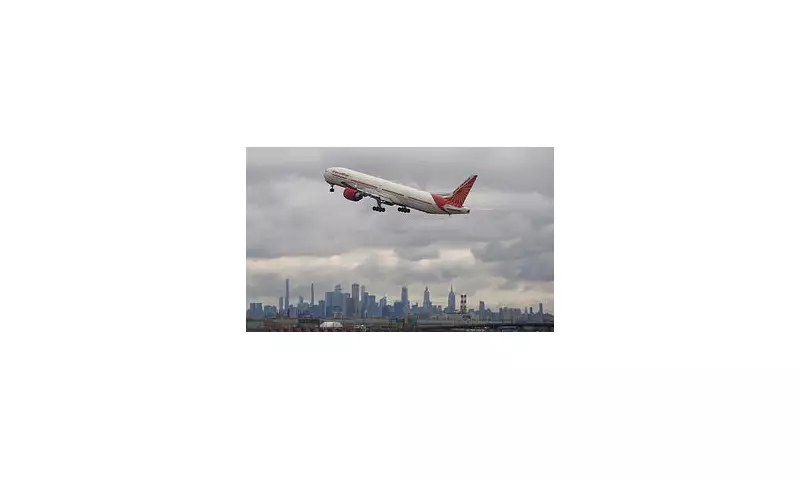
Imagine you're cruising at 35,000 feet when suddenly the cabin fills with an eerie fog and oxygen masks drop from above. This isn't a scene from a disaster movie - it's one of several genuine emergencies that can occur during commercial flights.
Aviation safety experts have identified four particularly alarming scenarios that, while rare, represent some of the most serious challenges in modern aviation. Understanding these potential issues could prove crucial for any frequent flyer.
The Sudden Decompression Event
When cabin pressure drops unexpectedly, the results can be dramatic and immediate. "The cabin would fill with fog as moisture condenses in the low-pressure environment," explains Captain John Cox, a veteran aviation safety consultant. Oxygen masks deploy automatically, giving passengers approximately 10-15 minutes of breathable air - enough time for pilots to descend rapidly to safer altitudes below 10,000 feet.
Engine Failure - Not Always Catastrophic
While the thought of engine failure terrifies most passengers, modern aircraft are designed to handle this scenario. "A twin-engine plane can fly safely for up to five hours on a single engine," assures aviation safety expert Dr. Susan North. Pilots train extensively for this exact situation, and aircraft regularly complete journeys with one engine inoperative.
Landing Gear Malfunctions
When landing gear fails to deploy properly, pilots face one of aviation's most challenging scenarios. The standard procedure involves circling to burn fuel before attempting a belly landing. Emergency services foam the runway to reduce fire risk, and while such landings are dramatic, they're rarely fatal thanks to rigorous crew training.
In-Flight Fire Crisis
Perhaps the most dangerous of all aviation emergencies, fires can spread rapidly in a pressurised cabin. Crews are trained to identify and combat fires immediately, with fire extinguishers located throughout the aircraft. In worst-case scenarios, pilots may need to make emergency descents to land at the nearest suitable airport.
While these scenarios sound alarming, it's important to remember that commercial aviation remains one of the safest forms of transport. Modern aircraft undergo rigorous testing, and crews receive extensive training for even the most unlikely emergencies. As Captain Cox notes, "The multiple backup systems and professional training make these terrifying scenarios remarkably survivable."





